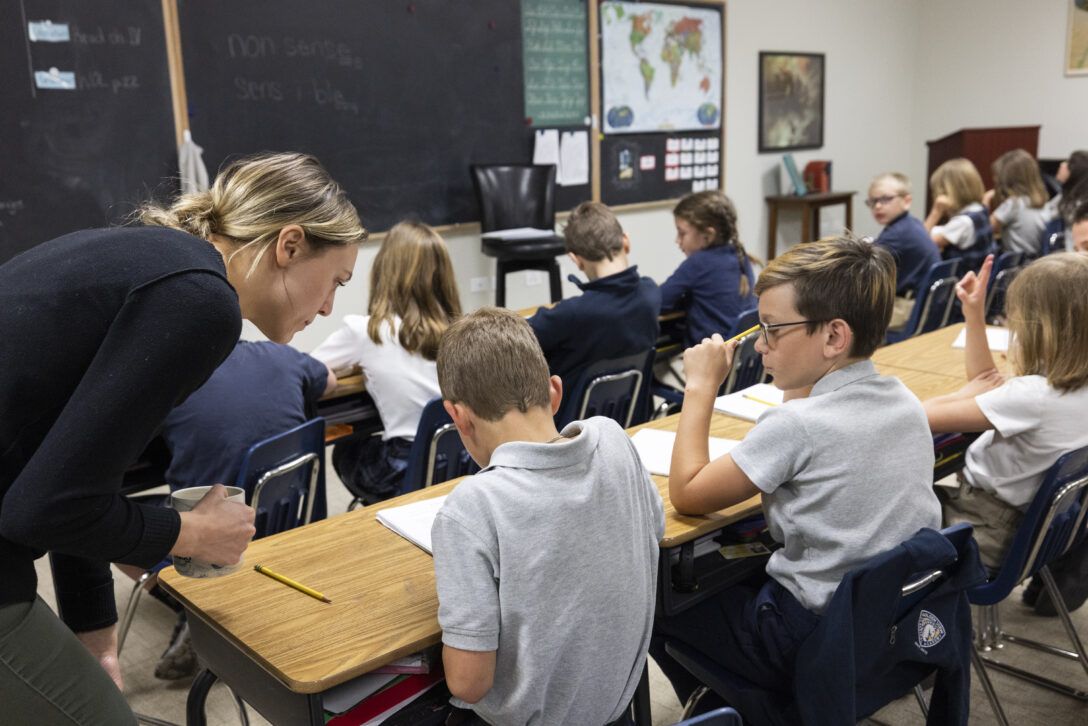In every upper elementary and high school classroom across America, you will see students taking notes. Everyone reading this article probably remembers the days of scribbling down math example problems or frantically trying to keep up with an enthused history teacher in writing down important names, dates, and details. But why do we have students take notes? What is the purpose and benefit for a student?
This is a question I have been reflecting on a great deal recently. The most obvious answer and the one, I think, that most would give is that notes serve as a tool from which students can study. This answer is true, especially for older students; yet, I can assure you that almost none of my 4th graders use their notes for study. So, why am I having them take notes? Another answer might be that taking notes is a way to have them build their penmanship skills while setting the groundwork for their later use of taking notes for personal study. Both of those answers are far more applicable to my classroom, and that would probably be the answer I would have given in my first year or two of teaching. However, as I have grown in my craft as a teacher, I have been rethinking about how and why I have my students take notes, and I have found some far more useful purposes for note taking in my grammar school classroom.
One of the most beneficial purposes I have found for my students’ note taking is to give students an opportunity to think through answers before they share in front of the whole class. When students feel put on the spot by a question, they often give very terse responses because they feel a lot of pressure. Therefore, I find that having students do some prewriting through note taking betters the discussions we have in class. Utilizing pre-writing or pre-modeling also allows me to challenge students to find answers on their own. When I am teaching my students about why light splits into the colors of a rainbow, I used to have to do all the talking and explaining. More recently, I have started having them make a quick sketch of a prism and draw the colors of light with each of their different frequencies heading towards it. After providing students with the background knowledge that light bends when it passes through a new state of matter, I ask them to consider their model and see if they can figure out why the colors of light get separated when passing through the prism. By examining their model, the students are now far more likely to discover on their own that the purple light will bend more than the red light based on its higher wave frequency. Through using their notes to draw a model, students were better able to explain and understand the concept.
Another benefit I have found to note taking in the younger grades is for myself as a teacher to use the notes to judge each student’s level of understanding about a topic. When I am telling a story in history, I often have to do a lot of explaining. In order to see if my students understand, I used to have to call on just one student at a time to re-explain a historical event. This method limited my ability to see which students understood since I could only call on a few students each time. Utilizing student notes has allowed me to better my sense of understanding of the entire class. I have begun to give students fill in the blank notes or word maps and asked them each to fill in the missing information on their own. By walking around the room, I can now scan each students’ writing to determine their level of understanding.
These examples are just a few ways that I have begun to refine my use of student notetaking in class. While using notes as a study tool or handwriting practice are good and important, I have found that there are so many more ways that I can utilize them in my classroom.

